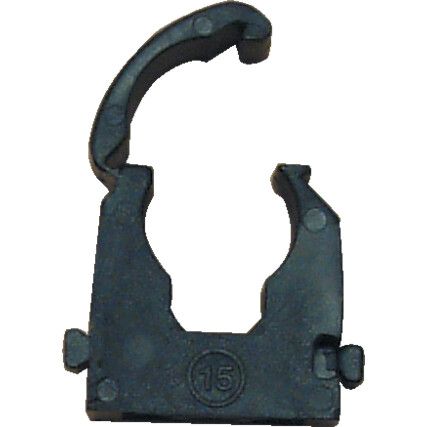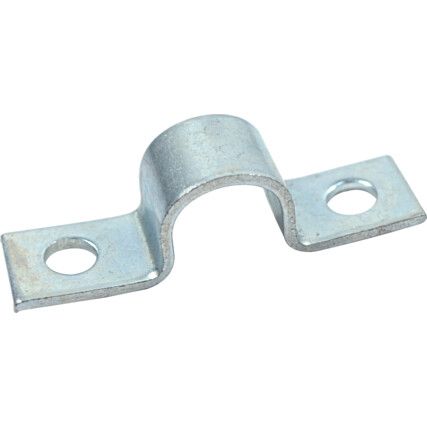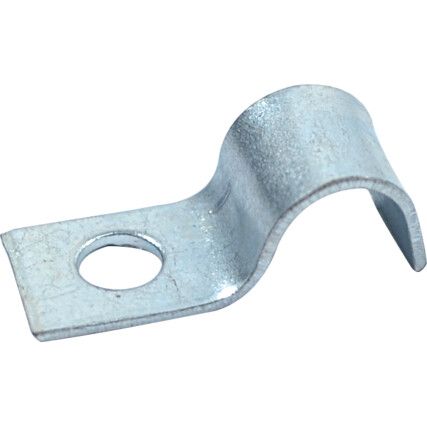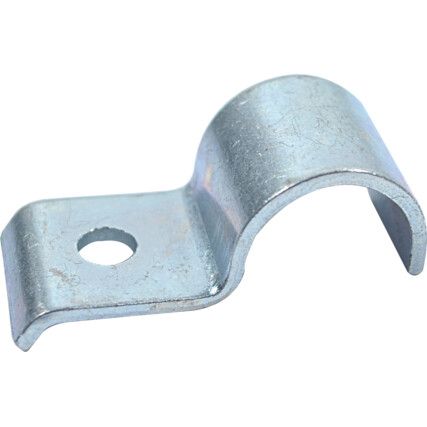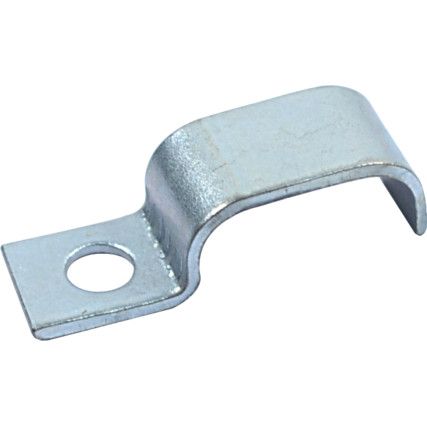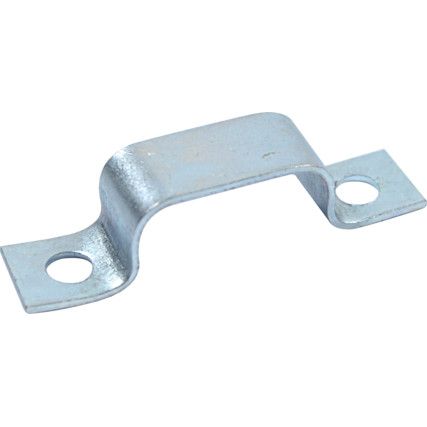Pipe Clamps
When fixing piping or tubing to your desired wall, or hanging pipes overhead, it's important to ensure the safety of personnel by effectively securing pipes. Pipe clamps are an extremely efficient way of attaching pipes and tubing to walls as well as providing a brace to keep pipes in place. Here at Cromwell, we have a wide range of pipe clamps from our trusted own brand Matlock as well as leading brands John Guest and Tico.
What are pipe clamps?
Pipe clamps are a small circular or semi-circular mechanism that is designed to hold and support suspended pipes either vertically or horizontally. Available in a range of types outlined below, pipe clamps are a cost effective and easy way of fixing pipes to your desired surface whilst still allowing for some necessary movement and expansion of the pipes.
When are pipe clamps used?
Used widely from industrial, agricultural and more domestic plumbing and electrical sectors, pipe clamps are extremely versatile in use. They are a crucial part of any decent channel support system that is used to guide pipes neatly and efficiently around the home as well as in larger industrial settings. Pipe clamp liners can also be purchased separately, which protect both the pipes themselves and the pipe clamps from any damage.
Considerations when choosing pipe clamps
• Type - There are multiple types of pipe clamp to choose from. We've broken down the most common types below:
• Half saddle - Unlike full saddle clamps, these possess only one screw hole to secure the pipe in the clamp.
• Full saddle - These types of pipe clamps are secured by two screws, one either side of the semi-circular bulge where the pipe sits.
• Twin saddle - As it sounds, twin saddle pipe clamps allow for two pipes to be secured next to each other by the same clamp. These are more "U" shaped, with an elongated, flat curve.
• Material - Whilst pipe clamps are most commonly manufactured from steel, they can also be constructed from plastics such as polypropylene. Such plastics are just as resilient as steel and have the added bonus of minimising damage such as scratches to your pipes.
• Surface treatment - Pipe clamps are often finished with a zinc plating or galvanised to offer added protection against wear and tear. It's worth noting whether a plain, untreated product would suffice or whether a more hardy, coated product is required for your application.
• Compatible pipe diameter - It's crucial that you accurately measure the pipe that you intend to attach to your desired surface. This will ensure that the pipe clamp can hold the pipe in place effectively.
Pipe clamps jargon buster
We want to make it easy for you to select the right pipe clamp for your needs, so here are some key terms that will help you understand the range of pipe clamps and their applications a little better.
What does thermal expansion refer to and why do I need to consider it?
Thermal expansion refers to the way in which some pipes can expand and subsequently move when the temperature increases or varies rapidly. This is especially true of pipes in heating and plumbing applications. In order to ensure this movement is accounted for, you must first calculate the level of thermal expansion that the pipe will undergo. This will help you to choose the right pipe clamp.
FAQs
How do you measure a pipe clamp?
It's best to use a digital caliper to effectively measure the nominal outside diameter of the pipe you wish to clamp. From there, you can determine the size of pipe clamp that will be required due to the compatible pipe diameter attribute.
How do pipe clamps work?
Pipe clamps work by providing a straddling point on which the pipe can rest to stop movement of the pipe. Pipe clamps are secured to your chosen wall or surface via the screw hole (or holes depending on your choice of pipe clamp) and work to effectively keep the pipe in place.
